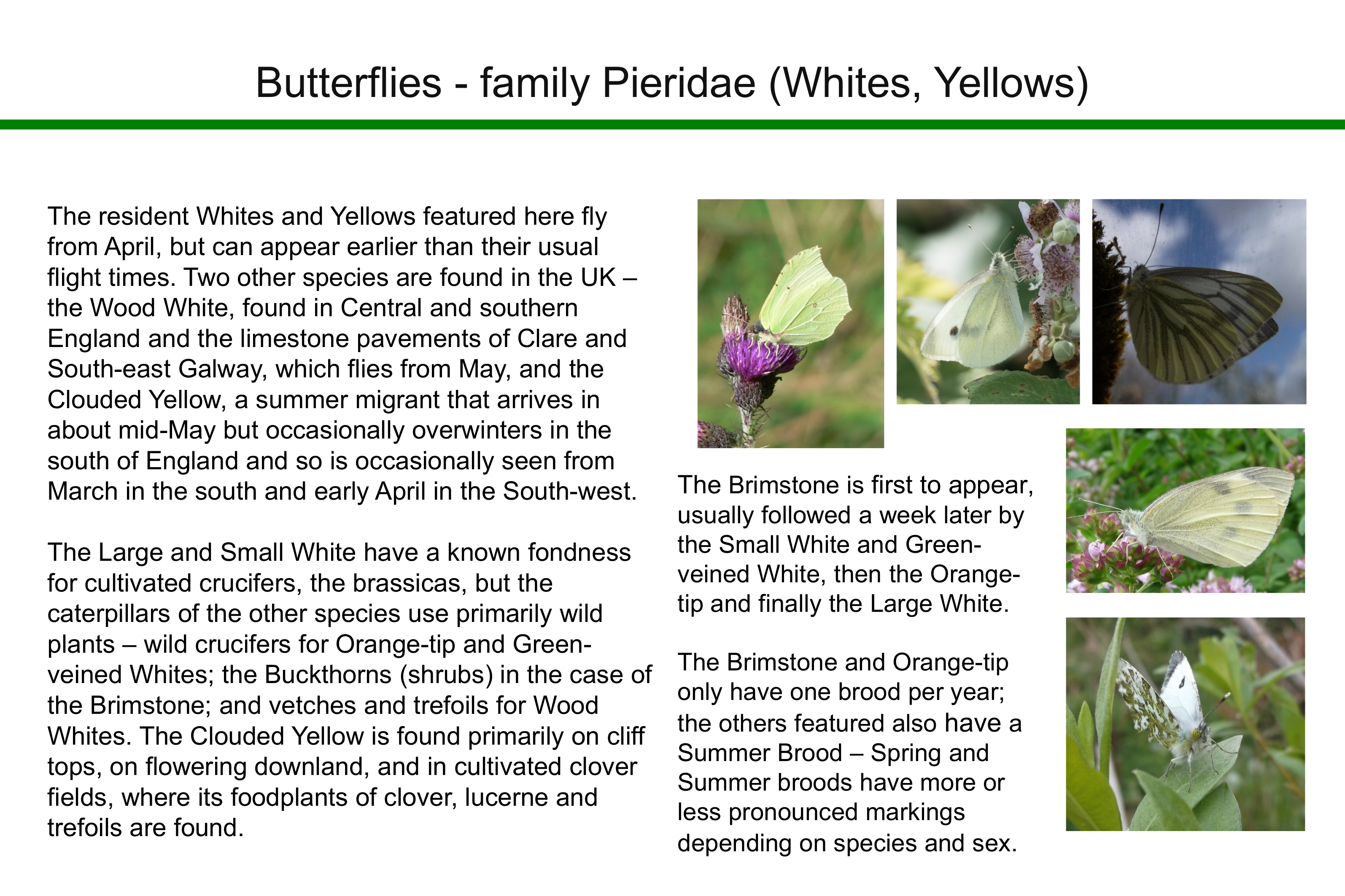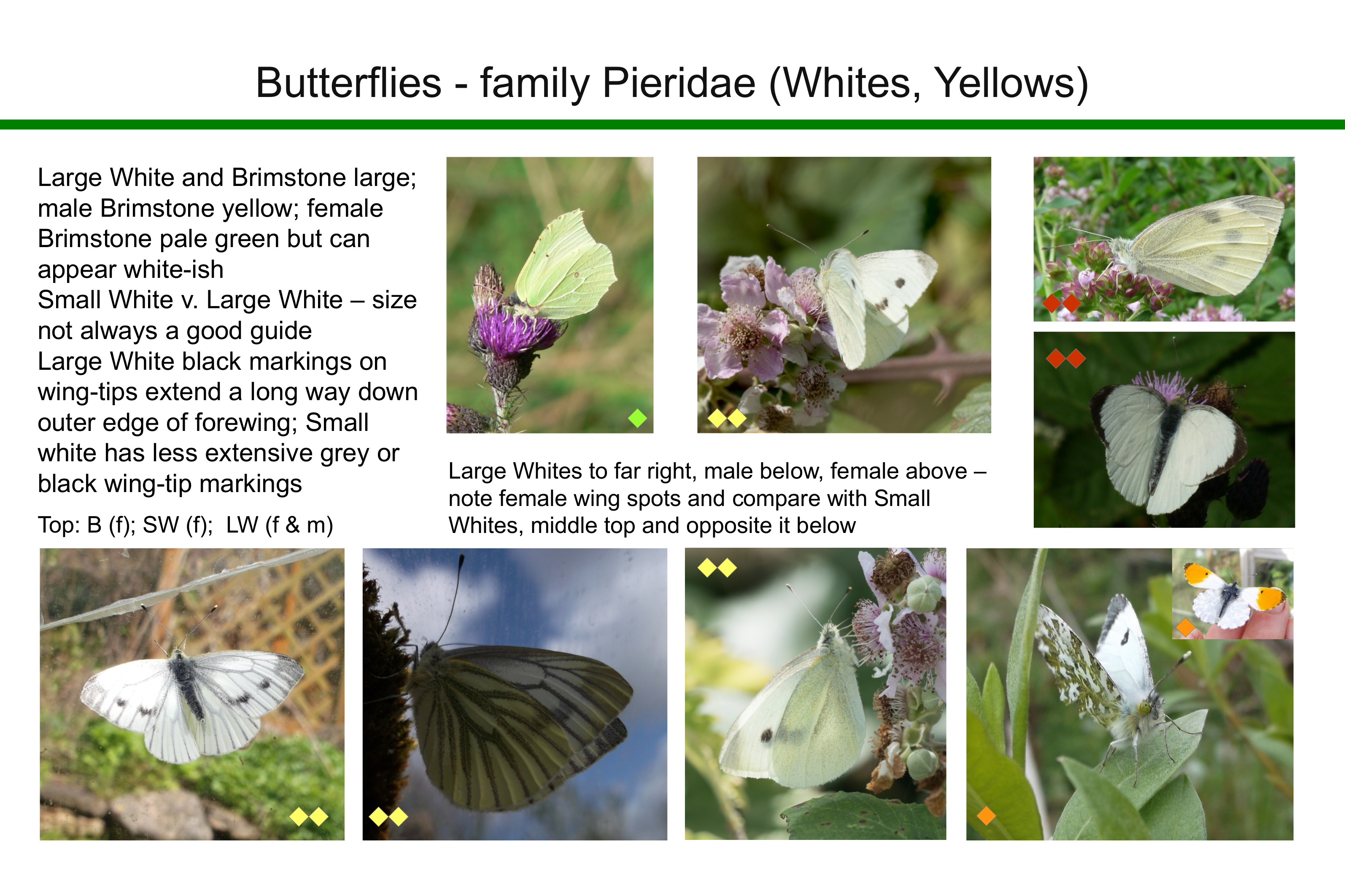project update
During the time that the CVWG Insect Project has been running we have made progress towards our aims by developing expertise in identification, gaining understanding of insect ecology, helping to conserve insects in our area, recording insects and gathering records of insects in our area.
We have been fortunate enough to have had the membership and support of lepidopterists and a dragonfly/damselfly expert as we have developed the project, and CVWG has been invited to record insects on Haydon Batch and National Cycle Network 24, giving us the chance to work with Radstock Town Council and Sustrans towards the aim of conserving insects in our area. In addition to holding insect recording events and walks and responding to insect-related inquiries, we have provided advice on insect conservation and survey reports to various organisations and landowners.
Areas in which we have been developing expertise includes the identification of bees and aculeate wasps (stinging wasps), which has now generated records of over 150 species from 100 genera, mainly in the form of written records and voucher specimens. Along the way we have learned to identify insects from other groups, so have made records and gained knowledge about those as well. Our new moth trap is allowing us to do more moth recording in the area.
The next stage of the project is to collate all our records into spreadsheets and store them into one central database. We go through a process of validation in order to ensure as much as possible the accuracy of records before sending records to the official records centres, where they will go through a second validation process.
Official records of insects in our area are held in the Bristol and Somerset regional records centres, BRERC and SERC. Within the BRERC portion of our area, butterflies and moths are the most well-represented records, with records in almost every tetrad. Other insect records are far less frequent and generally are in small numbers. Large numbers of a group in a particular tetrad seems to relate mainly to whether there is a wildlife site present, or the home of a recorder!
We have sent some records to BRERC, the centre for the Bristol Region, but we have very many still to send.
We are always pleased to receive records of insects in our area and will try to identify insects from photographs where possible. If you wish to submit a record/records please go to our Records and Recording Forms page.
If you are interested in being part of this project or for further information, please contact Deborah Porter via email at camvalleywildlife@gmail.com or telephone on 01761 435563
Insect information
Spring butterflies – the Whites and Yellows
If you have you even been confused about which White you are looking at, which can be particularly challenging in the case of some females, then you might find the printed slides below helpful.
The photos are dpi reduced, but should not be reproduced without obtaining permission. If you wish to use the slide images below for personal use as a reference, however, that’s fine.



